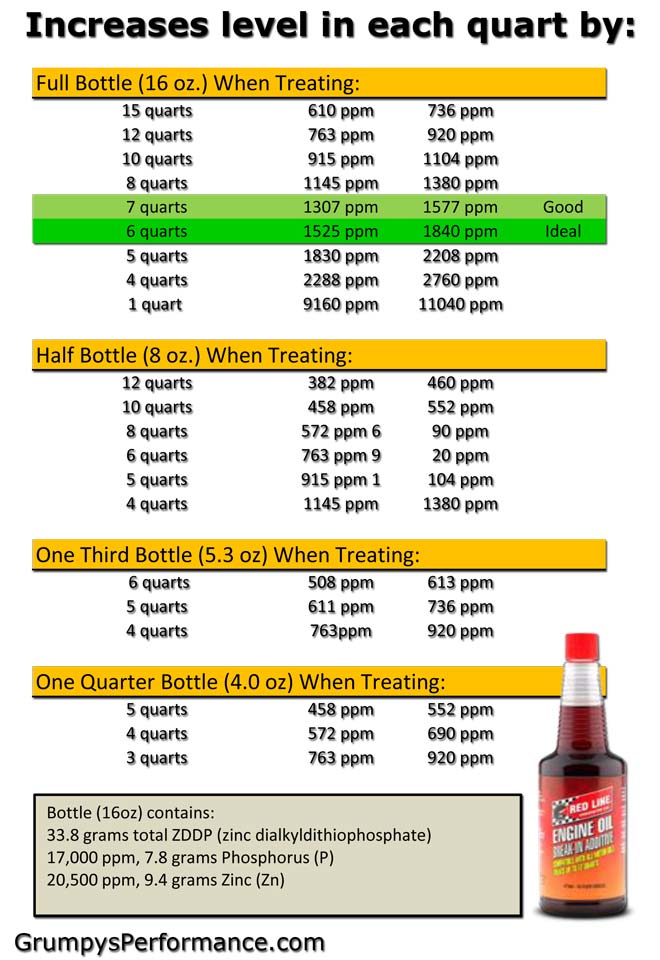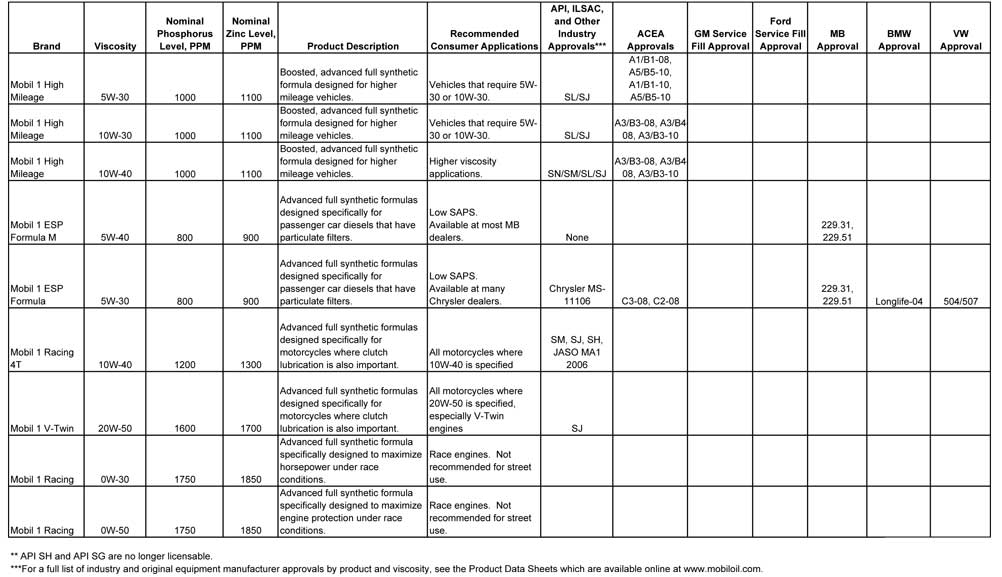your oil pressure gauge pressure is a measure of the resistance to flow that the oil thats forced into the engines oil passages by the oil pump,has to the clearances in the engine, as it exits back into the crankcase, in an endless loop, as it circulates, the volume and viscosity of the oil, changes with the engine temp and rpms, youll generally want to compromise on the oil viscosity to use the THINNEST viscosity that will MAINTAIN about 20 psi of oil pressure at idle, while the engines fully up at operation temps.(usually 190F-200F) oil generally gets thinner as the temps increase.
thinner oils flow faster and cool better but you need to maintain a solid hydraulic film on the bearing surfaces to support and separate the moving parts
(1)pressure is the measure of resistance to oil flow
If you decrease the viscosity to a lighter oil, you tend to increase flow at a loss of pressure. High flow helps to carry away more bearing heat at a faster rate, but it must be balanced with the pressure levels, High pressure helps to keep metal parts like the crank and rod bearings out of direct contact with each other as they are separated by a film of supporting oil (scuffing).â€
(2) the high volume pump can push about 25% more oil , high flow rates result in more heat transferred from bearings, and rockers and valves ETC. to the oil flowing thru the clearances
(3) the oil pump bye-pass circuit limits the max pressure in either size pump to about 65lbs-75 lbs MAXIMUM before it BYE-PASSES enough additional oil volume to limit the pressure
(4) the engine can accept and use only the max flow volume that the engine passages, and clearances can flow at the max pressure the pump provides , at any point less than max pressure the passages can flow only what the pressure and volume provided by the pump supplies
(5)if the bearing clearances can flow more than the pump provides in volume and pressure at any rpm level the film of cooling oil that provides a cushion between the bearing surfaces are at risk of not being supported and separated by that cushion of flowing oil
(6) now since the sweep volume is greater with the high volume pump it will reach that bye-pass circuits max pressure at about 25% lower rpms and supply a POTENTIALLY higher volume of oil to the supply passages/bearings
(7)SO... all a high volute pump does is provide the maximum oil flow the engine can use up to the max pressure allowed by the bye-pass circuit at a 25% lower rpm level if the system can reach max pressure, but it also supplies 25% more oil at every rpm level below that point to provide additional cooling and protection for the engine. and if the engine can flow more than the stock pump can provide the high volume pump helps fill the need faster
(8)oil flow through the bearing clearances INCREASES at a faster rate as the rpms increase
(9) in most engines the oil flow can be provided by the stock pump IF the clearances are close to stock AND THE RPM LEVELS ARE KEPT IN ABOUT THE idle-6000rpm range but if rpm levels exceed ABOUT 6000rpm,or if bearing loads greatly exceed the stock hp levels, or the clearances are greater than stock, the high volume pump is a good idea , simply because it potentially provides that extra volume of oil.
(10) you generally want to run the THINNEST VISCOSITY oil that will maintain about 20-25 psi at operation temps at about 1000rpm, to provide the maximum flow rates, and check the rest of the threads info, synthetics tend to have higher temperature tolerances
READ THRU THIS LINK
viewtopic.php?f=54&t=4793
here are many oil leakage points(100) in a standard Chevy engine.
16 lifter to push rod points
16 push rod to rocker arm points
32 lifter bores 16 x 2 ends
10 main bearing edges
9 cam bearing edges
16 rod bearing edges
2 distributor shaft leaks
1 distributor shaft to shim above the cam gear(some engines that have an oil pressure feed distributor shaft bearing.)
so within reasonable limits, the more oil flow volume the better, generally youll generally want to compromise on the oil viscosity to use the THINNEST viscosity that will MAINTAIN about 20 psi of oil pressure at idle, while the engines fully up at operation temps.(usually 190F-200F) oil generally gets thinner as the temps increase..
READ ALL THE LINKED INFO BELOW
viewtopic.php?f=54&t=1334&p=2910#p2910
viewtopic.php?f=54&t=2187
viewtopic.php?f=54&t=52
viewtopic.php?f=54&t=2102
viewtopic.php?f=52&t=282&p=345&hilit=crower+zinc#p345
viewtopic.php?f=54&t=150
viewtopic.php?f=54&t=296
viewtopic.php?f=54&t=2080




